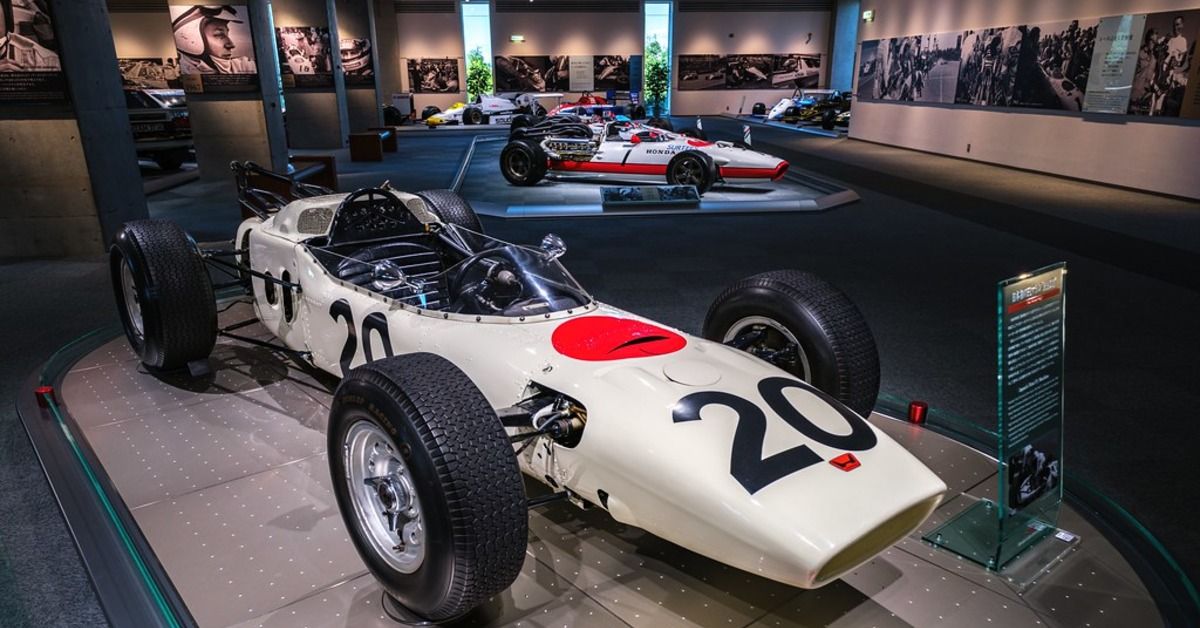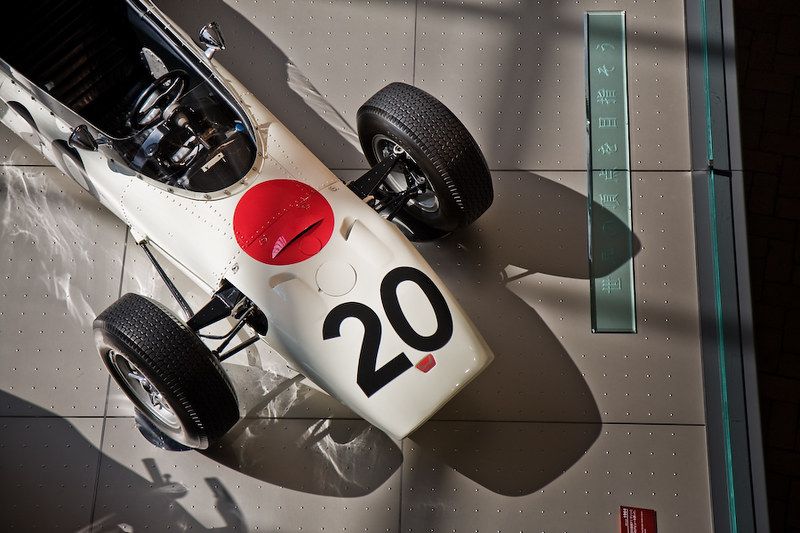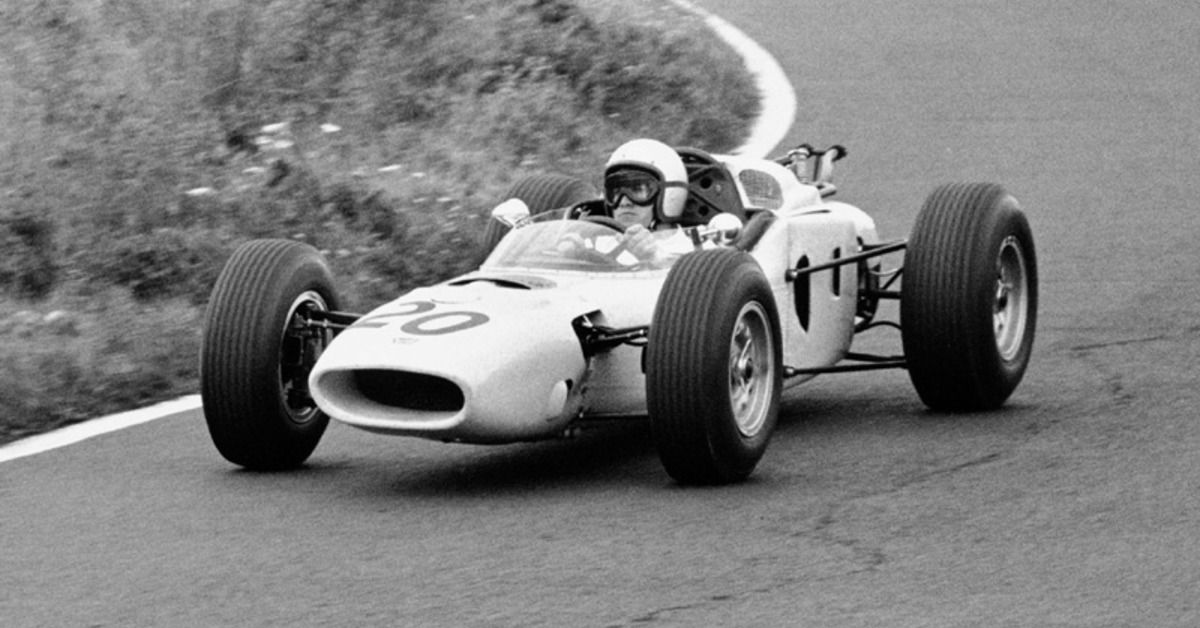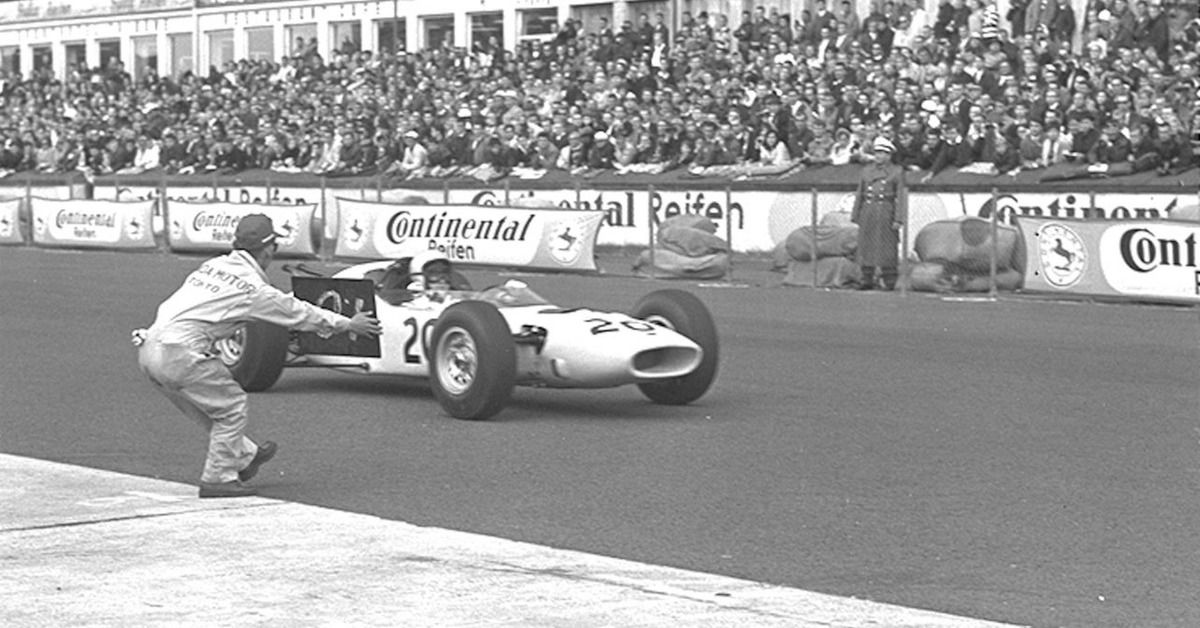Honda has achieved a respectable amount of success over the past three years with the Red Bull group. Through this partnership, the Japanese auto manufacturer was able to add five victories and some very well deserved podiums to their belt. Despite their success and Red Bull's desire to remain a customer, Honda announced late last year that it would no longer serve as an engine supplier in F1 past the 2021 season.
Red Bull has since made a deal that will allow them to continue developing the engines past the 2021 season; however, Honda as an entity, will no longer be a part of the F1 community. Sadly, we will no longer be seeing one of Japan's premier automotive companies in the pinnacle of motorsport.
Let's dive into the rich history of Honda's F1 career with its first racer: The RA271.
The Facts And Figures Of The RA271
The RA271 debuted in 1964 and immediately pulled in an abundance of attention in the paddock. The interest garnered was due in large part to the 1.5 liter V-12 that was mated to a six-speed sequential gearbox. At a time when V-8s were the standard, this was viewed as a bold move, to say the least.
What further differentiated themselves from the rest of the grid, was the transversely situated engine in the back of the car. According to Road and Track, all of these features allowed the RA271 to produce 230 horsepower @ 11,500 RPMs; despite this, the engine could go all the way up to 14,000 RPMs.
Supporting this behemoth of an engine, was a monocoque aluminum chassis. Despite the use of an aluminum frame, the racer came in at a whopping 525 kg which placed it in a weight class beyond most of its competitors, which hovered around 450 kg. The reason for this excessive weight gain was, of course down to its V-12 power plant.
RA271 On Track Performance
While the RA271 is technically not Honda's first F1 car (that honor goes to the RA270), it is the brand's first F1 car to participate in an actual event. While the RA271 was slated to enter the 1964 Belgian Grand Prix, its maiden voyage onto the grid would not occur until two weeks later at the 1964 German Grand Prix. Not only would this be the team's debut race it would also give Ronnie Bucknum an official start to his rookie season.
During the qualifying session of the German Grand Prix, Bucknam managed to secure the very last spot in the event (22nd place). The only reason he was able to make it into qualifying came down to the fact that a competitor died and another was unable to bring a competitive car. Despite this poor showing and spin during the race, the RA271 was able to prove that it was at the very least a reliable car. This culminated in the Honda taking 13th place.
Missing the Austrian Grand Prix, the next race the constructor participated in was the Italian Grand Prix. This time around, the car performed significantly better during the qualifier when it banged in 10th place. While Bucknam gave it his best shot and was actually keeping up with the pack leaders, the car failed him when his breaks went out only 13 laps into the race.
The following race in the United States would not allow the RA271 to fair, much better than the last event. Qualifying 14th place did not give the team much of an advantage and made moving up the grid difficult. Despite a valiant effort, Bucknam's racer would eventually give up on him towards the end of the race with the failure of a head gasket. This would serve as the RA271's last race of the season.
Other Achievements Of The RA271
While the RA271 may not appear to be a very successful competitor on the track, it did achieve a number of accomplishments in other areas. For starters, not only was it Honda's first F1 car; it was its first race car to compete in general. Additionally, the car was able to serve as Japan's first vehicle to be entered into an FIA-managed event.
The car itself would also inspire the design for the RA 272, which would provide further success for the Honda F1 team. This design would go on to take home Honda's first championship win. From then on, the Japanese manufacturer would become a staple in the F1 paddock, and the rest would be history. Fast forward to today, we are now eagerly awaiting Honda's final season, which will showcase both the Red Bull Racing unleashing its 2021 Challenger RB16B and the AT02.
Like many times before, Honda's involvement in F1 has ebbed and flowed in and out of the paddock. Unfortunately, the company has no future plans for re-entering the world of F1 as it is now more interested in pursuing zero-emission vehicles. So, if this truly is to be their last season in F1, lets hope it's a good one. Who knows? If the past is any kind of indicator, we could see Honda appear once again in the not-so-distant future.




